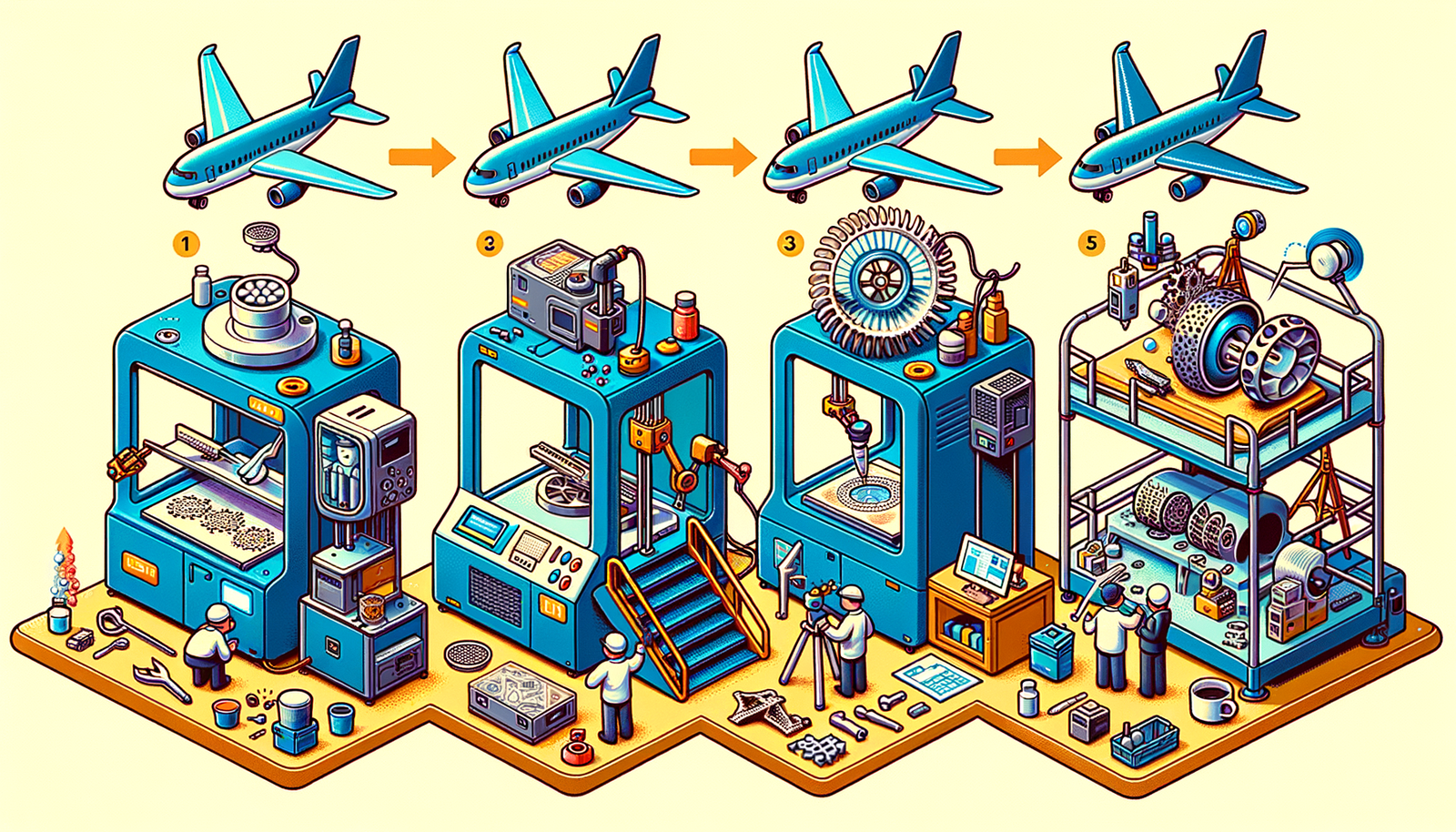Your Cart is Empty
Customer Testimonials
-
"Great customer service. The folks at Novedge were super helpful in navigating a somewhat complicated order including software upgrades and serial numbers in various stages of inactivity. They were friendly and helpful throughout the process.."
Ruben Ruckmark
"Quick & very helpful. We have been using Novedge for years and are very happy with their quick service when we need to make a purchase and excellent support resolving any issues."
Will Woodson
"Scott is the best. He reminds me about subscriptions dates, guides me in the correct direction for updates. He always responds promptly to me. He is literally the reason I continue to work with Novedge and will do so in the future."
Edward Mchugh
"Calvin Lok is “the man”. After my purchase of Sketchup 2021, he called me and provided step-by-step instructions to ease me through difficulties I was having with the setup of my new software."
Mike Borzage
Empowering Design Innovation: The Transformative Role of Open-Source Software
July 10, 2024 3 min read


The advent of open-source software (OSS) has fundamentally changed the landscape of design by making powerful tools accessible to everyone, regardless of financial resources or institutional support. Open-source software, by its definition, is software with source code that anyone can inspect, modify, and enhance. This openness has a significant impact in the design field, where the cost and accessibility of design software can be a major barrier to entry. Unlike proprietary software, which is developed and controlled by companies with considerable pricing power, open-source tools are freely available, fostering an inclusive environment for designers everywhere.
The significance of OSS in the design field cannot be overstated. It democratizes design processes, enabling individual designers and small teams to compete on a level playing field with larger entities. This shift is not merely about cost savings; it's about fostering innovation, collaboration, and a sharing of knowledge that was previously inconceivable. Comparing proprietary and open-source design tools reveals fundamental differences in philosophy, accessibility, and community involvement, with open-source projects often driven by the needs and feedback of their user communities.
Empowering Individual Designers and Small Teams
One of the most compelling aspects of open-source software is its ability to level the playing field for designers with limited resources. This empowerment comes not only from free access to professional-grade tools but also from the vast community support surrounding OSS. Designers can tap into forums, tutorials, and direct advice from seasoned professionals, significantly reducing the learning curve and enabling high-quality design work.
- Freedom from high-cost software licenses opens doors for experimentation and innovation on a budget.
- The supportive community around OSS tools provides unparalleled opportunities for learning and growth.
While specific case studies are not discussed here, it's worth noting that many successful projects and designs have been realized using open-source tools, proving that the value of these tools in professional contexts is not merely theoretical.
Innovation and Collaboration through Open-Source
The role of community-driven development in enhancing software features and capabilities is a hallmark of the open-source model. Unlike proprietary tools, where feature requests can languish in a corporate backlog, OSS projects thrive on user contributions. This means that new, innovative features often develop at a rapid pace, directly addressing the needs of active users.
Examples of groundbreaking features developed by the OSS community are numerous, ranging from advanced 3D modeling and rendering techniques in tools like Blender, to sophisticated design automation and scripting capabilities in applications such as FreeCAD. These advancements are not just technical achievements; they represent a broader trend of democratizing access to cutting-edge design capabilities.
- Community-driven features reflect the real-world needs of designers, making tools more relevant and effective.
- Collaborative projects within the OSS ecosystem frequently lead to innovative solutions that challenge industry norms.
The collaborative nature of open-source projects has also had a profound impact on the industry, fostering a culture of sharing and collective problem-solving that pushes the boundaries of what's possible in design.
Challenges and Considerations in Adopting Open-Source Design Software
While the benefits of open-source design software are significant, it's important to understand the limitations and challenges that can arise. Professional design work often requires a high degree of reliability and support, areas where OSS can sometimes fall short compared to well-funded proprietary solutions. Additionally, navigating the landscape of intellectual property and licensing considerations requires a careful approach, as the open nature of OSS can lead to unintended complications.
For designers considering a transition to open-source tools, the following tips can help integrate them into existing workflows:
- Evaluate the support and development community behind a tool to ensure its viability for professional work.
- Consider dual-use strategies, where open-source tools are used alongside proprietary software to leverage the strengths of each.
- Engage with the OSS community, both to learn from others and to contribute back, enriching the resources available to all.
In conclusion, the role of open-source software in democratizing design extends far beyond simply providing free alternatives to expensive tools. It represents a shift towards a more inclusive, collaborative, and innovative design culture. While there are challenges to navigate, the potential benefits for individual designers, small teams, and the industry as a whole are immense. As the open-source movement continues to grow, its impact on the design world is likely to increase, fostering an environment where anyone with skill and creativity has the opportunity to make their mark.
Also in Design News

Design Software History: The Evolution of 3D Printing in Aerospace: From Prototyping to Production
November 27, 2024 7 min read
Read More
Cinema 4D Tip: Optimizing Workflow with Team Render in Cinema 4D
November 27, 2024 2 min read
Read MoreSubscribe
Sign up to get the latest on sales, new releases and more …



